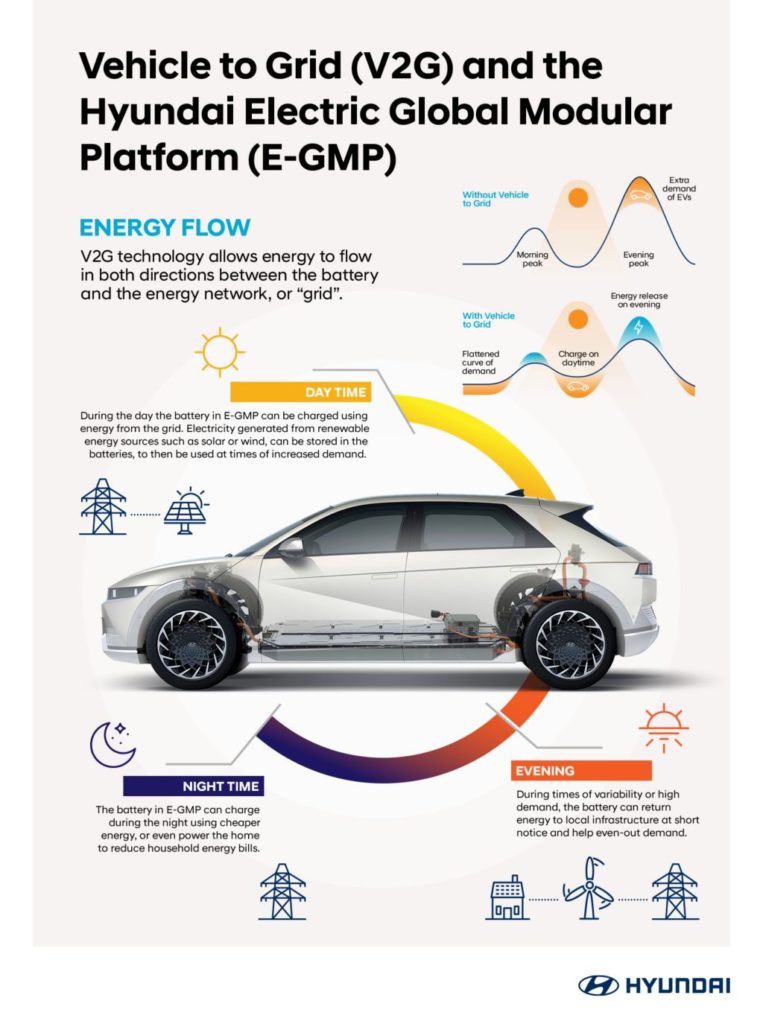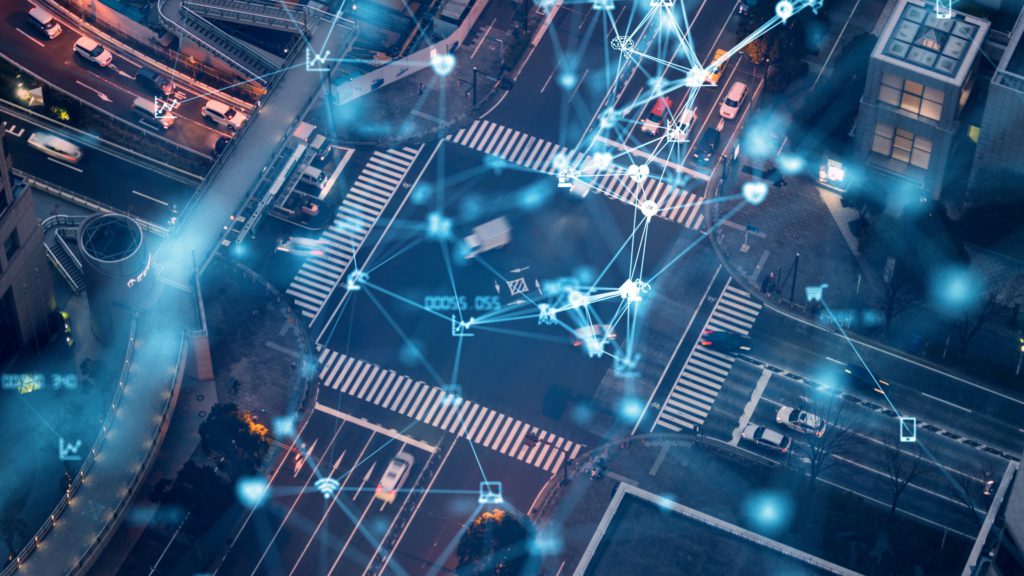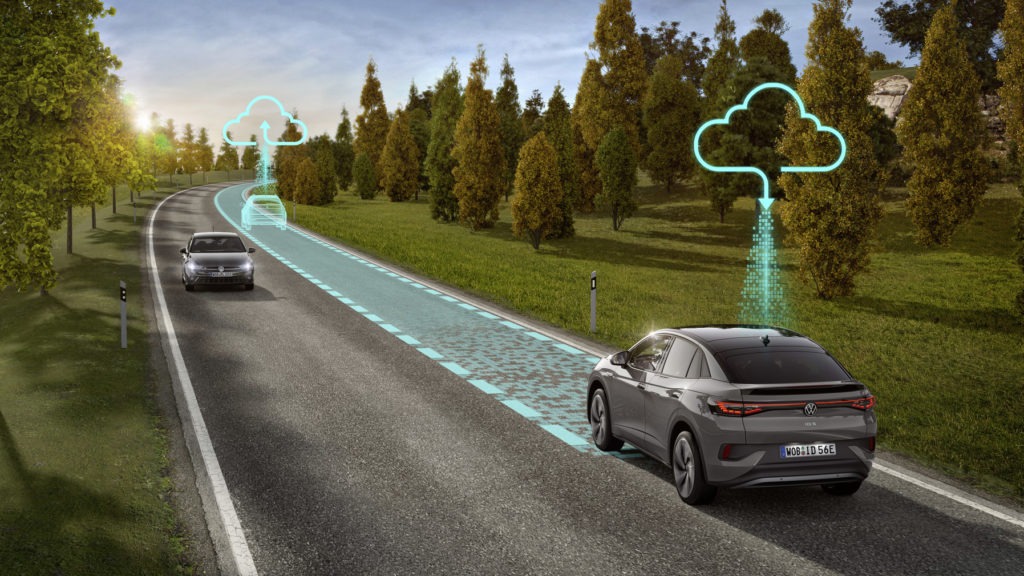Porsche and Hyundai both test vehicle-to-grid technology
19 April 2022

As the popularity of electric vehicles (EVs) accelerates, demand on power grids will increase correspondingly. This could lead to spikes in energy usage, and increased electricity consumption. However, carmakers are developing vehicle-to-grid (V2G) technology, which can enable electric cars to balance power demands across the grid.
Porsche conducted a realistic pilot with operator TransnetBW and consulting firm Intelligent Energy System Services (IE2S). The trio were able to demonstrate the potential of an intelligent swarm of electric cars when hooked up to the grid. Separately, Hyundai is running two pilot projects in the Netherlands and Germany. The company is using modified Ioniq 5 models equipped with customised vehicle-to-grid software.
Vehicle-to-grid technology will allow EVs to act as mobile power-storage units, feeding electricity back to the grid at times of high demand, and drawing it back during ‘off-peak’ hours. As more renewable energy sources come online, V2G can help balance out fluctuations that come with less predictable sources such as solar and wind.
Powered by Porsche
As part of a pilot project by Porsche, five series-production Taycan models were connected to the power grid by the Porsche Home Energy Manager (HEM), in both a laboratory and a domestic environment.
A cloud-based pooling system developed by IS2S was used within the pilot to communicate data. It effectively coordinated and controlled the charging process in real-time by translating the grid operator’s balancing powerpoints into vehicle-specific signals. Balancing power is subject to strict standards in Germany. Measurements revealed target values from the grid control system were met for both short and long-term stabilising technologies.
‘The charging technology of the Porsche Taycan and our Home Energy Manager and Mobile Charger products have a lot of potential for the future: the pilot test proved that. And the balancing power market is not the only thing a pooling system of this kind can be used for,’ said Lutz Meschke, deputy chairman of the executive board of Porsche.
‘Advanced solutions for green charging and other vehicle-to-grid applications are also conceivable. And that is not all: if electric vehicles feed electrical energy back into the grid in the future for example with a private photovoltaic system, contributing to the expansion of regenerative energy, it will further increase the acceptance of e-mobility,’ Meschke added.
Vehicle-to-grid and to home
At IAA Mobility 2021, Hyundai announced its commitment to achieving carbon neutrality in its production and global operations by 2045. By 2035, it wants to have a fleet of entirely zero-emission vehicles in Europe. V2G forms part of the company’s clean-energy strategy.
The carmaker has projects in Germany and the Netherlands, examining both vehicle-to-grid and vehicle-to-home (V2H) charging. V2H is a more specific connected use case where an electric vehicle forms a smaller ecosystem with a home to power it locally, reducing bills as well as demand on the grid.

Working with Dutch mobility operator We Drive Solar, Hyundai will deploy its V2G technology in the city of Utrecht. The operator will provide a fleet of 25 Ioniq 5 vehicles for a car-sharing scheme that will serve residents of new housing developments.
Meanwhile, the V2H pilot in Germany will be undertaken by Cradle Berlin, Hyundai’s venturing and innovation business. Here prototype Ioniq 5 models will be fitted with the same bi-directional onboard charger used in mass-production versions. The main difference will be the customised software that enables the V2G technology. This ability to share power with homes is being tested within a closed energy system.



